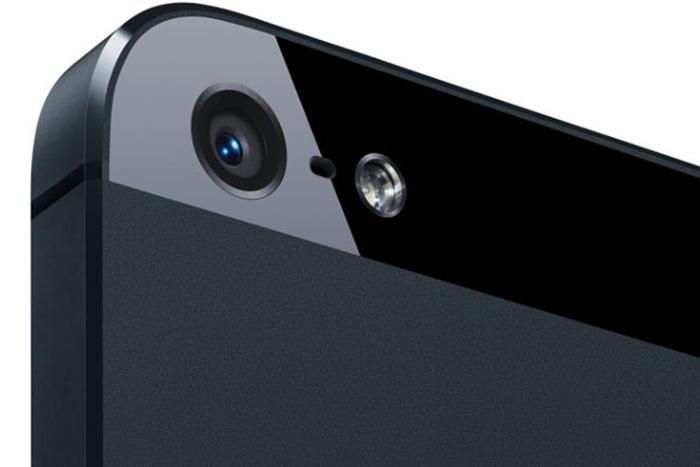
When Apple said “full manual control,” they really meant it: iOS 8 will give iPhone users access to “real” photo features such as ISO, shutter speed, focus, white balance, and exposure compensation, through custom camera applications. According to AnandTech, Apple added “gray card functionality” to bypass the camera’s automatic features, giving third-party developers free reign to offer manual camera controls.
The stock iOS 8 Camera App will only have exposure compensation control, and it’ll be up to developers to decide which features their camera apps will have. But Apple’s decision to open the camera controls brings the iPhone somewhat on par with those advanced standalone cameras that let you tinker with camera settings – giving users more reason to ditch the traditional pocket camera. (Of course, those advanced cameras have other features that make them stand out, like longer optical zooms and larger sensors.)

For photo purists and enthusiasts, the iPhone’s new camera features won’t replace their DSLRs anytime soon, but the smaller and lightweight smartphone makes it a stronger casual camera for everyday shooting. As AnandTech points out, these new features will give iPhoneographers so many more options when composing their images.
Apple’s iOS 8 won’t go live until this fall, so we’ll have to wait-and-see what third-party developers might have in store for the iPhone.
(Via AnandTech)
Editors' Recommendations
- This one Apple Fitness feature completely changed how I exercise
- An Apple insider just revealed how iOS 18’s AI features will work
- iPhone 16: news, rumored price, release date, and more
- iPhone SE 4: news, rumored price, release date, and more
- 3 reasons why I’ll actually use Anker’s new iPhone power bank




